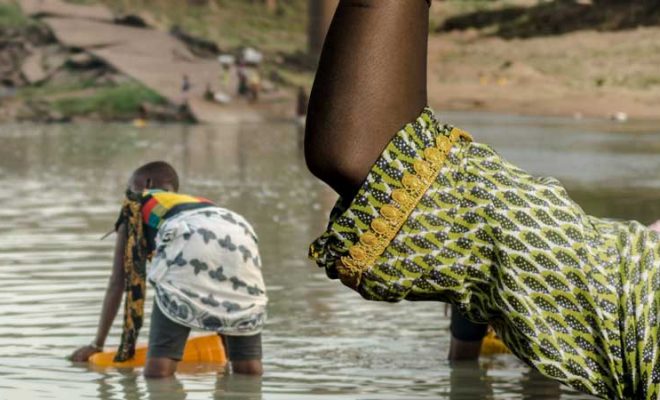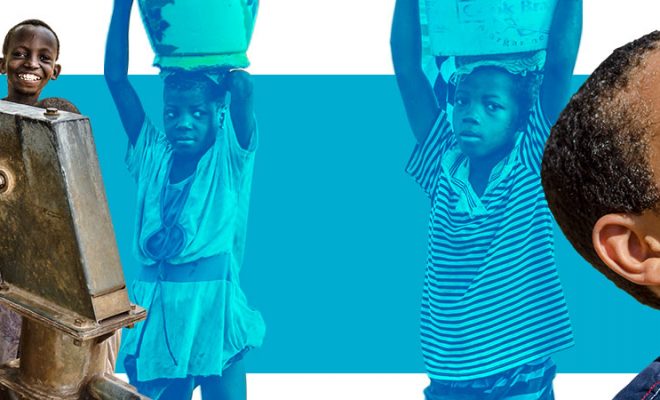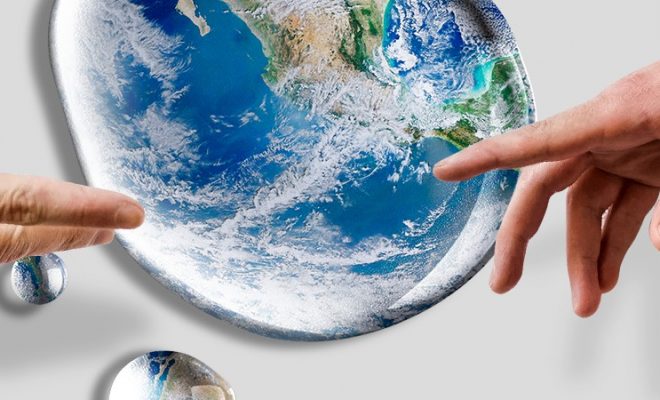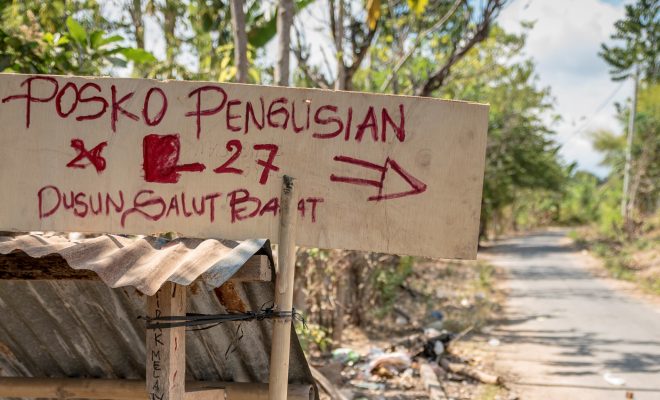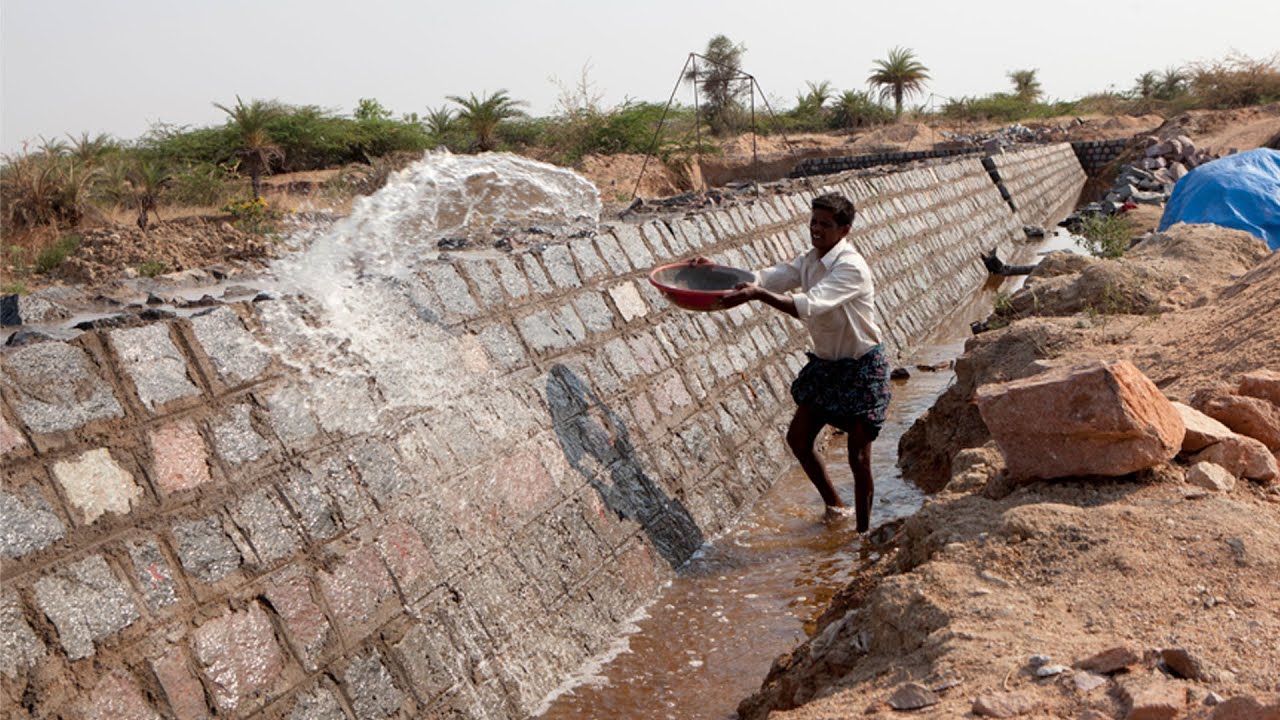
So far, only some have understood that water is a limited resource. But the water crisis is becoming global and seems to be opening Pandora’s box: water is an overexploited, abused resource and vulnerable to global warming; if we continue this way, the global water crisis could be a factor of unpredictable international destabilization.
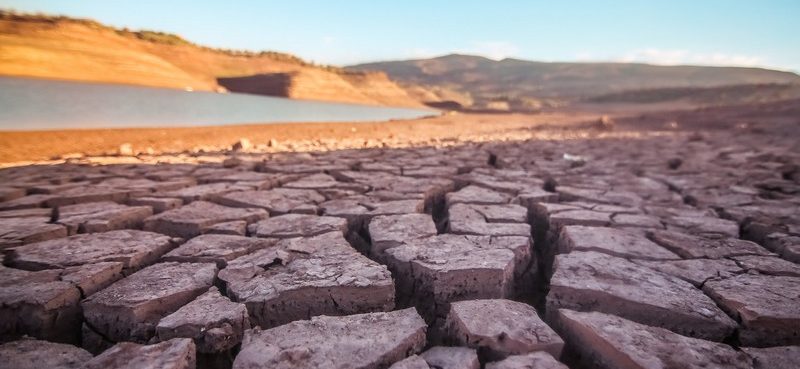
Large-scale investment in access to water and sanitation and prevention of impacts such as droughts and floods must be mobilized.© World Meteorological Organization
According to the latest World Economic Forum report, the current climate and water crises are adding to political instability and are causing a troubling setback. From 2019 to 2022, the number of people facing acute food insecurity increased by 200 million, the equivalent of pre-pandemic levels.
The demand for water continues to grow
The UN states that for every 1ºC increase in temperature, water resources decrease by 20%. And water use continues to grow in volume: globally, it has grown by 1% per year over the last four decades and is expected to maintain this rate until 2050. At this pace, it is estimated that freshwater demand will outstrip supply by 40% by 2030.
The latest UNESCO report specifies that this increase is mainly concentrated in middle- and low-income countries, especially in emerging economies. Moreover, it summarizes what has been known for a long time: water scarcity is increasing, and water quality is decreasing due to pollution.
According to UNESCO, there are two contexts with differences that require different approaches: in low-income countries, poor water quality is often linked to inadequate wastewater treatment, while agricultural runoff is the most severe problem in countries with higher living standards, as it is the leading cause of chemical pollution.
Failure to act comes at a high cost
According to the World Economic Forum, in 2020, the cost of inaction in the face of these problems was estimated at more than USD 300 billion, while prevention costs five times less, about USD 55 billion. In other words, we would save $245 billion if we invested in climate prevention.
On the other hand, forecasts of economic losses due to climate events are more than worrying. A European Central Bank (ECB) study shows that in the event of a 3ºC rise in global average temperatures, the European Union would face an additional outlay of 1.4% of the EU GDP per year due to the damage caused, a total of 170 billion euros. According to the ECB, Spain, the driest country in the Union, has already assumed losses equivalent to 5.4% of GDP between 1980 and 2020 and is the European economy with the highest inflation exposure to the impact of heat waves and droughts.
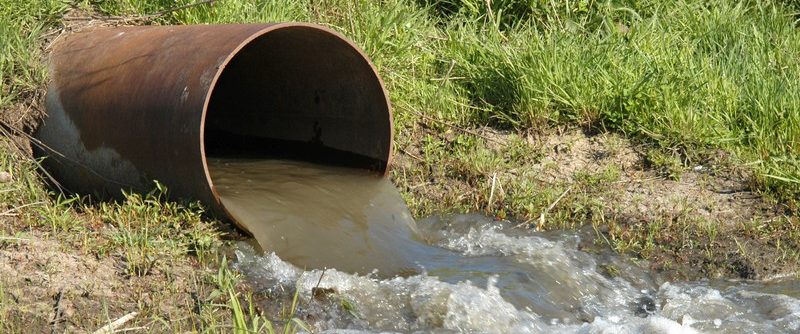
In low-income countries, poor water quality is often linked to inadequate wastewater treatment United States Department of Agriculture Wikicommons
Concerning water specifically, according to the World Bank, an additional USD 85.6 billion per year is needed to meet the SDG6 targets by 2030. But, again, inaction comes at a cost: USD 260 billion is lost yearly due to lack of access to water and sanitation, and estimates claim that every dollar invested would generate a return of four. Moreover, if we add climate-induced natural disasters (droughts and floods), World Bank estimates suggest that the return could be as high as US$15.
Not acting is expensive, yet the global outlook does not favor financial mobilization. We see this in the difficulty of implementing the agreements on loss and damage drawn up at the last COP 27: it is difficult to establish a fair calculation and financing system for the most affected countries, which have contributed the least to global warming.
How do we finance water and sanitation?
All the experts point out that attracting private investments is essential to combine them with public ones. There is a comprehensive and well-defined range of needs: the construction and operation of infrastructures, efficient water management, and the implementation of innovative technologies in the reuse, desalination, and wastewater treatment sectors.
But capital will not come without building efficient partnerships that tangibly drive international cooperation beyond endless declarations of intent, as was the case with the 689 non-binding agreements of the recent and disappointing United Nations Water Conference. Confidence must be built on stable partnerships with bilateral and multilateral donors, such as the World Bank, the International Monetary Fund, and other international financial institutions.
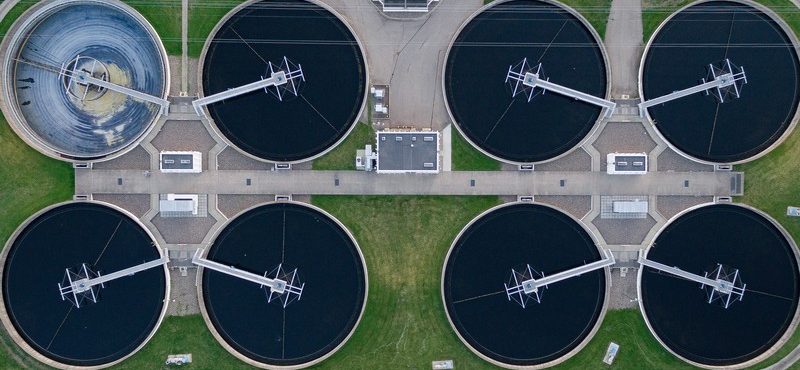
There is a comprehensive and well-defined range of needs: the construction and operation of infrastructures, efficient water management, and the implementation of innovative technologies in the reuse, desalination, and wastewater treatment sectors. © Chad Davis
However, investment, by itself, does not guarantee equity. The latest UNESCO report shows who should be the preferred beneficiaries: the 2 billion people who lack access to safely managed drinking water services and the 3.6 billion who do not have sanitation services that guarantee their health. A shift in favor of cooperation and partnerships with an internationally endorsed legal basis is urgently needed to make this possible.
The risks of overexploitation
Water is a finite resource, but if well managed, there is enough for everyone, and there is a clear danger that investment will be mobilized only in the wealthiest countries. It is estimated that some 23 million cubic kilometers of water are in the subsoil. It exceeds the ice at the poles and is no more than two kilometers deep, so it can be challenging to access. Moreover, it takes technology and energy to pump it.
Once again, the technological and financial gap arises. Naturally, the richest will have it easier and, as they are the ones who need more volume, the threat of depleting the reserves, in many cases millennia old, is more than evident.
The price of water, a problem that doesn’t stop
Another aspect that accumulates delays in governance is the implementation of a water price that, being fair, allows domestic financing. This factor is crucial for humanity and was one of the topics of discussion at the World Majlis | The Price of Water on World Water Day 2022, at Expo 2020 in Dubai, where we participated.
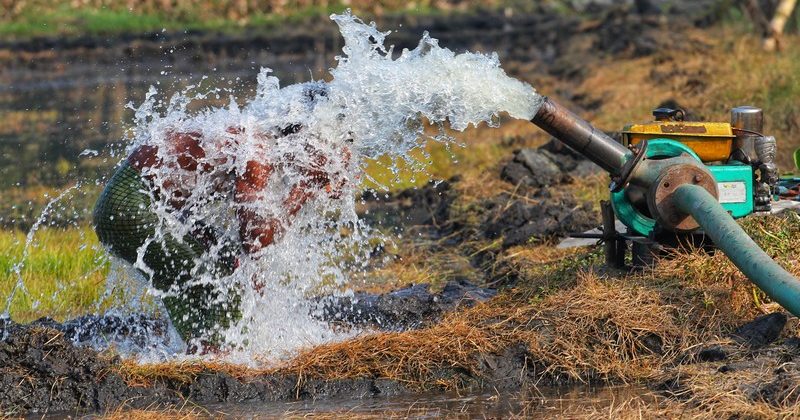
Water is a finite resource, but if well managed, there is enough for everyone. © Utpal Adhikary
The options are diverse, but all involve strengthening financing mechanisms such as specific taxes, water use charges, sanitation fees, and local fundraising mechanisms. The problem is the inability of many governments to manage these key issues quickly and effectively.
A global challenge
Adequate financing for meeting the SDGs is a challenge that requires a joint effort by governments, international organizations, businesses, and civil society. Supply crises can destabilize, expose state fragility, increase violent conflicts, and multiply forced displacement.
Awareness raising and political will are also essential to mobilize the necessary resources. There is water and there is money; what is lacking is perspective, both economic and human.



